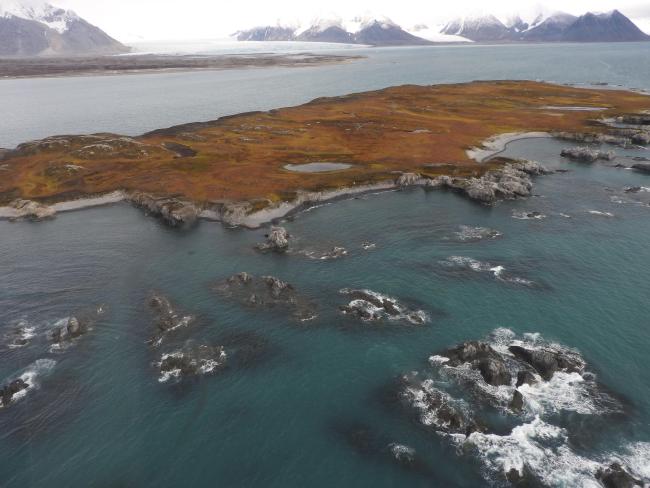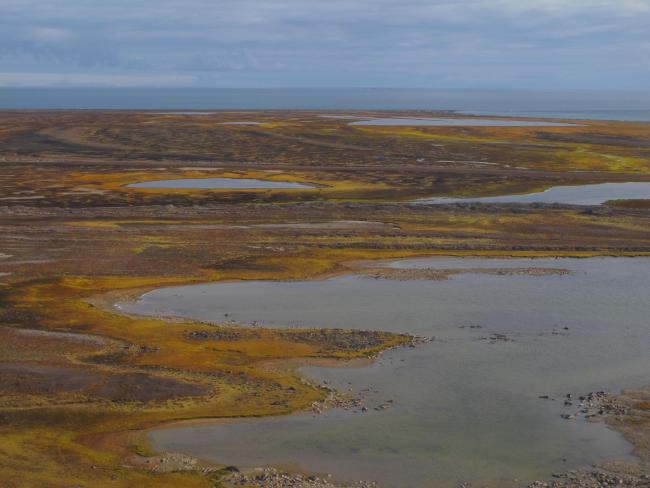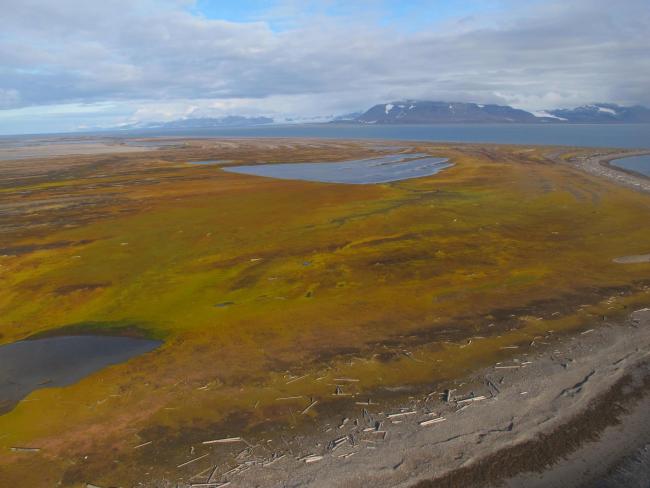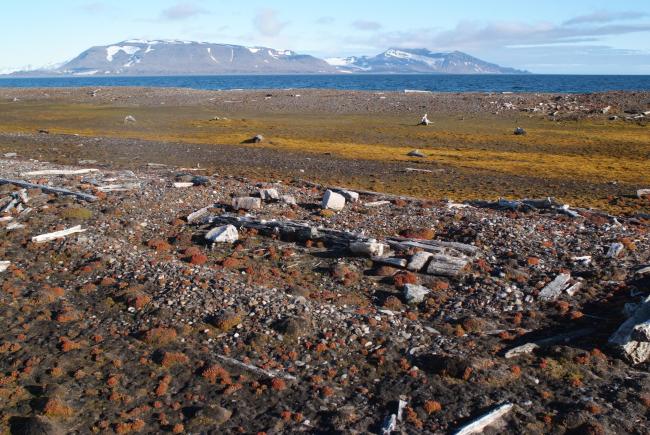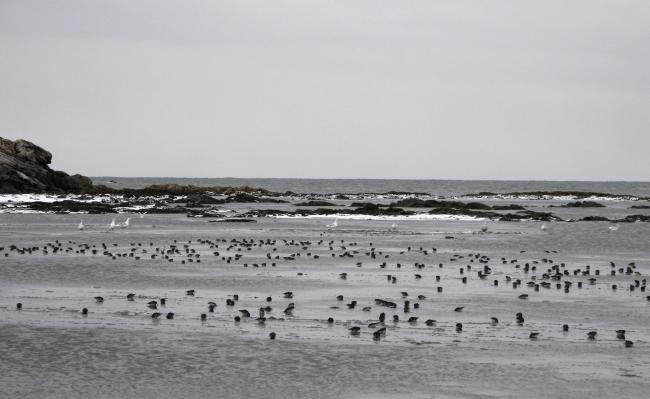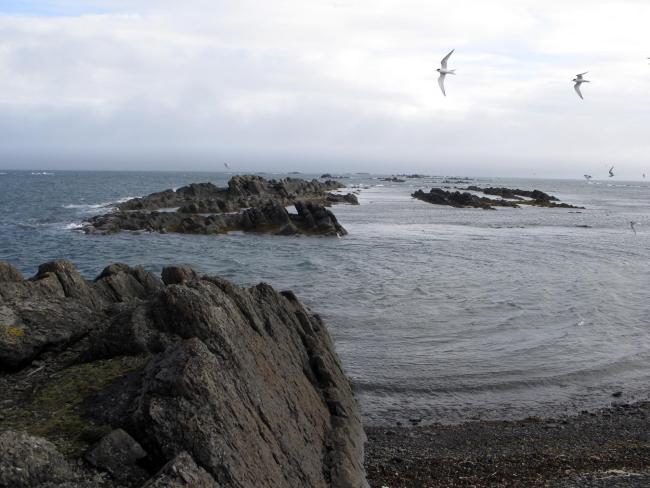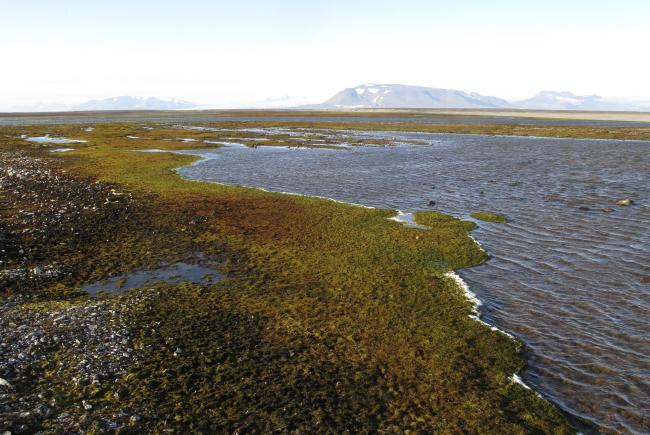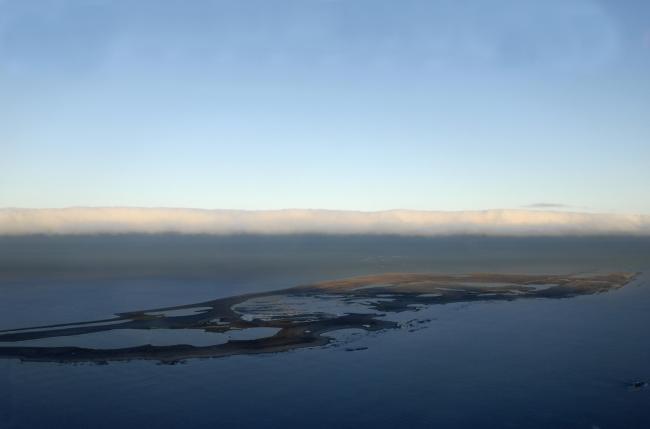Sørkapp
Sørkapp
- Country:
- Norway
- Site number:
- 1965
- Area:
- 55,203.0 ha
- Designation date:
- 12-11-2010
- Coordinates:
- 76°33'35"N 16°34'04"E
Carousel
CarouselMaterials presented on this website, particularly maps and territorial information, are as-is and as-available based on available data and do not imply the expression of any opinion whatsoever on the part of the Secretariat of the Ramsar Convention concerning the legal status of any country, territory, city or area, or of its authorities, or concerning the delimitation of its frontiers or boundaries.
The Site, at the southern tip of Spitsbergen, includes shallow, nutrient-rich marine areas, islands, numerous ponds and lakes, streams, small rivers and further inland, ice-covered mountain ridges. It is characterized by permafrost and erosion by wind, ice and the sea, and is mainly covered by intermittent patches of grass. More than 60% of the land is still covered by glaciers, despite the climate warming. A few bird species such as long-tailed duck (Clangula hyemalis) and glaucous gulls (Larus hyperboreus) might occasionally overwinter in areas free of sea ice, but most bird species are migratory. Waders, geese and seabirds are the dominant groups. Sørkapp is frequently visited by polar bears (Ursus maritimus), especially when there is sea ice in the area. Another observed mammal is the arctic fox (Vulpes lagopus). The Site’s permafrost areas and mires are important carbon reservoirs. There is limited use of the Ramsar Site for recreation or tourism, although three different landing sites are used by expedition cruise ships. Some research and biodiversity monitoring have been conducted in the area.
- National Park - South Spitsbergen
- Nature Reserve - Sørkapp
- NO1965RIS_2306_en.pdf
- NO1965RISformer_170829.pdf
- NO1965RISformer_220630_1807_en.pdf
- NO1965_map171205.pdf
